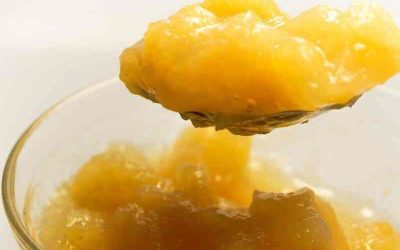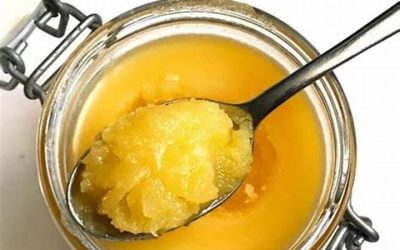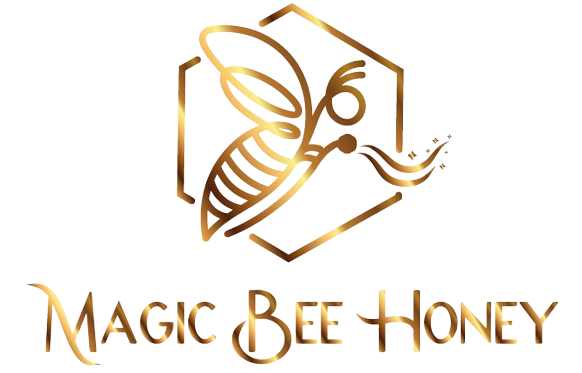OUR HONEY
Magic Bee Honey is a combination of the three types of high quality honey: acacia,
linden, multyflover, and frize-dried fruits, berries or vegetables. Each of them bring
you it’s rare benefits!
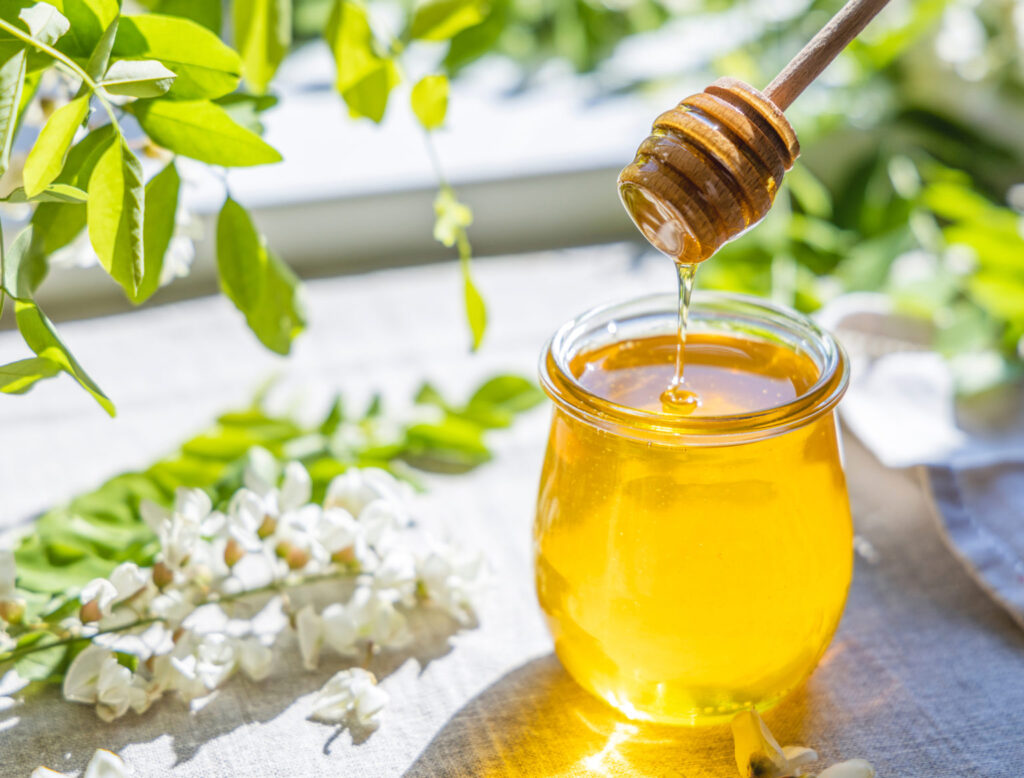
Aсacia honey- except it’s delicious flavor
and aroma, is considered a universal honey
and is suitable for each person. It
has antiseptic properties, helps with digestion, detoxifying your kidneys and gallbladder.
One spoon at night helps insomnia and
nervous disorders.
Linden honey – is a rare find and is one of the
healthiest types of honey. It is your first aid in
the treatment of colds, a cup of your favorite
tea with this honey will help you cope with high
fever and cough. Linden honey helps well to
fight infections and build your immune system.
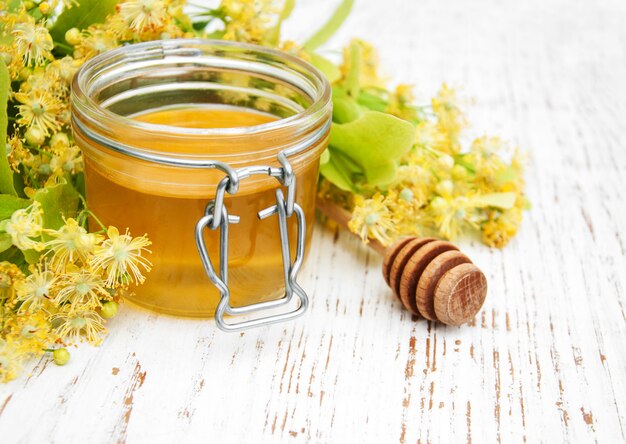
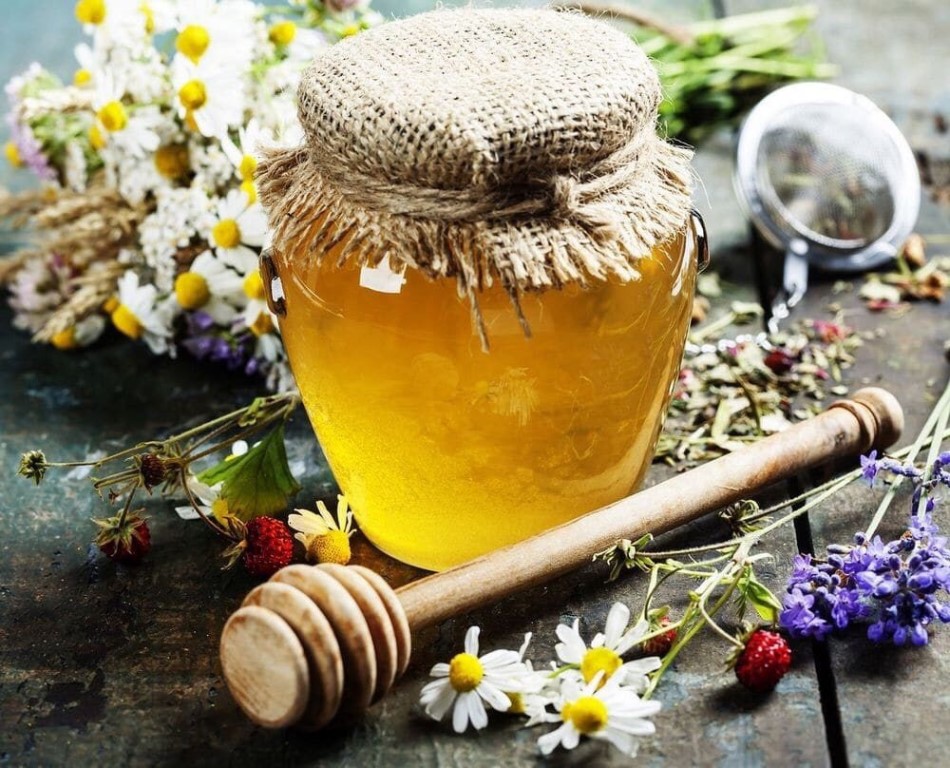
Multi-flower honey – is always a treat of
taste of summer! It is used as a energetic
tonic, it is responsible for the good
functioning of all your body, and
maintains proper liver function. This type
of honey is often used for beauty of your
skin and hair.
HONEY CRYSTALIZATION (curing) is the transition of honey from a liquid state to a thick state without deterioration of its qualities. This is a normal process only for NATURAL honey.
The rate of crystallization depends on the ratio of glucose to fructose. The higher the glucose content, the faster the crystallization.
Real honey, regardless of the variety, always crystallizes. It’s just a matter of time. Some kinds of honey, such as sunflower honey, can crystallize even in a few weeks. Others, like acacia honey, may not crystallize for several years. Linden and buckwheat honeys have medium crystallization rates
If you put a jar or stick of honey in warm water and let it slowly heat up, it will become liquid, but eventually it will crystallize again. You should not do often this procedure, as it will cause honey to lose its healing properties and the flavor of summer for which we love it so much.
